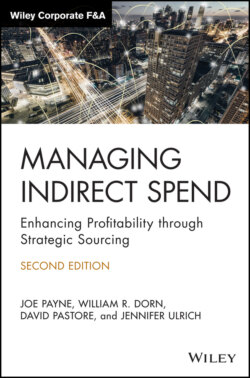Читать книгу Managing Indirect Spend - Joseph Payne, Joe Payne - Страница 77
IN SUMMARY
ОглавлениеDepending on the types of products or services you purchase, you may find suppliers' offerings to be fairly generic. In addition, independent research may have uncovered everything you need to know about the suppliers. If this is the case, an RFI may not be necessary. Regardless of how you have collected your market intelligence, once you have acquired it, you are ready to develop your final sourcing strategy.
The final sourcing strategy identifies the cost savings opportunities you believe are available in the marketplace and details the steps you'll take to capitalize on those opportunities. This might include requesting quotes from a group of suppliers, asking for full proposals that detail alternative technologies or processes, or bypassing alternatives altogether and requesting unit‐cost concessions from your incumbent supplier.
Not all markets lend themselves well to an RFP process, and not all suppliers respond favorably to a direct negotiation, but your research should determine which approach or approaches have the most merit. Regardless of the final strategy, the likelihood is that you are now ready to engage in the next phase of the Strategic Sourcing process—the RFx (or “bid”) phase, which often features all three forms of the RFx process.
